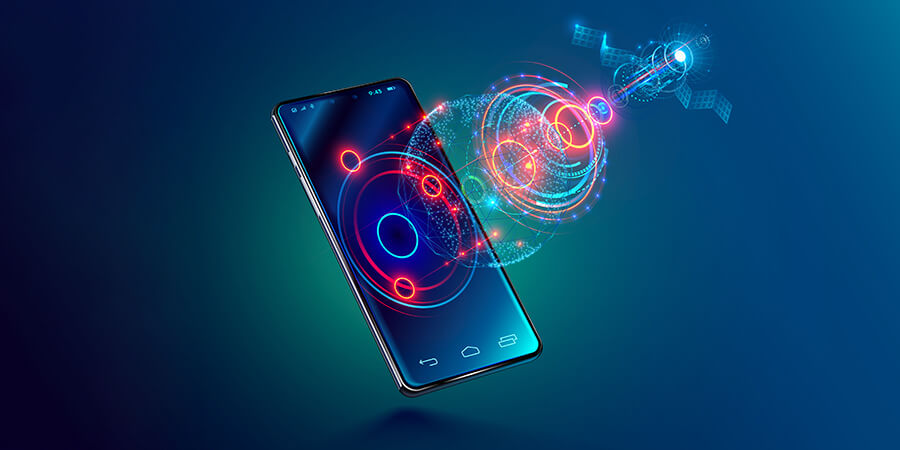The smartphone’s new capacity to connect to satellite services guarantees omnipresent connectivity. Will there be takers?
Apple's Emergency SOS feature on its iPhone 14 series heralds the smartphone’s capacity to connect to satellite services, guaranteeing omnipresent connectivity.
And now, Huawei has launched its latest smartphone model, the Mate 60 Pro, which reportedly supports 5G and satellite communication. The new phone runs on OS Harmony 4.0, and industry watchers are keen to know if Huawei has developed its own chips for the phone given the US ban on exporting US-made software and hardware.
For a host of reasons, the possibility of satellite connectivity is poised to tickle the fancy of consumers who have consistently been holding onto their devices longer due to the sluggish global economy. So far, however, the satellite feature has not attracted too many takers, as per smartphone market watchers.
According to the International Data Corporation (IDC), worldwide smartphone shipments are forecast to decline 4.7% year over year in 2023 to 1.15 billion units, the lowest volume in a decade. Even the top smartphone makers, such as Apple, have projected slower growth through at least 2023.
However, with many satellite operations joining the market to offer satellite services, a number of mobile operators are keen to use their existing spectrum to connect customers' phones to satellites. Let’s see if this trend can be a game-changer and renew smartphone demands.










